Nursing Assignment: Strategies for Effective Clinical Handover
VerifiedAdded on 2023/01/18
|5
|779
|60
Report
AI Summary
This report addresses the critical issue of poor communication in clinical handover within healthcare settings, focusing on strategies to improve patient safety and the efficiency of care transitions. The assignment emphasizes the importance of education and training for medical professionals on effective communication techniques and structured protocols, such as ISBAR, to ensure clear and concise information transfer. The report also highlights the role of employee satisfaction surveys in gathering feedback on handover processes, alongside the use of incident reports to identify areas for improvement. Furthermore, the report underscores the value of performance appraisal meetings in monitoring and reinforcing effective communication practices. The report offers a detailed plan for ongoing monitoring, reporting, and planning for future improvements in clinical handover practices, to create a safer and more efficient healthcare environment.
1 out of 5
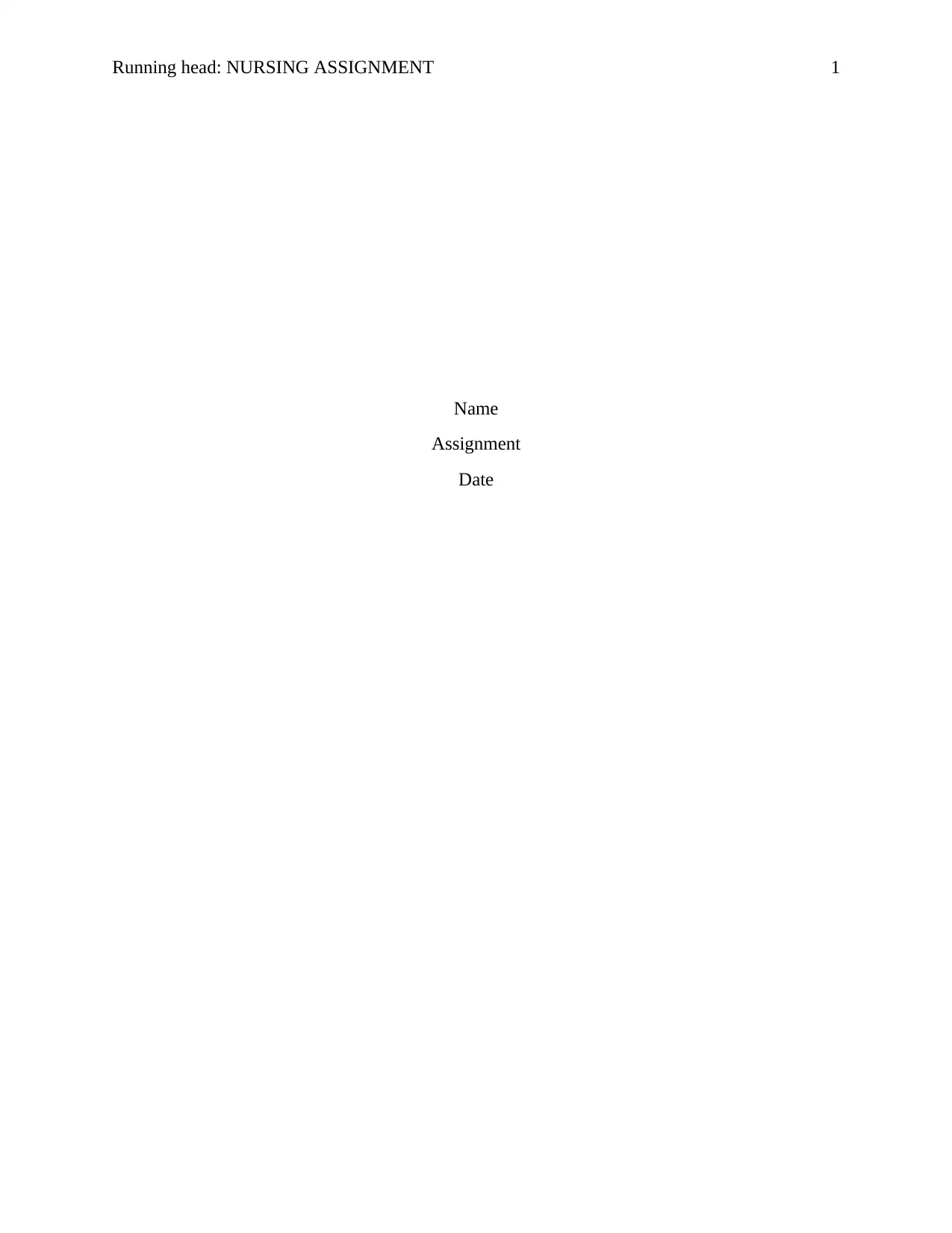
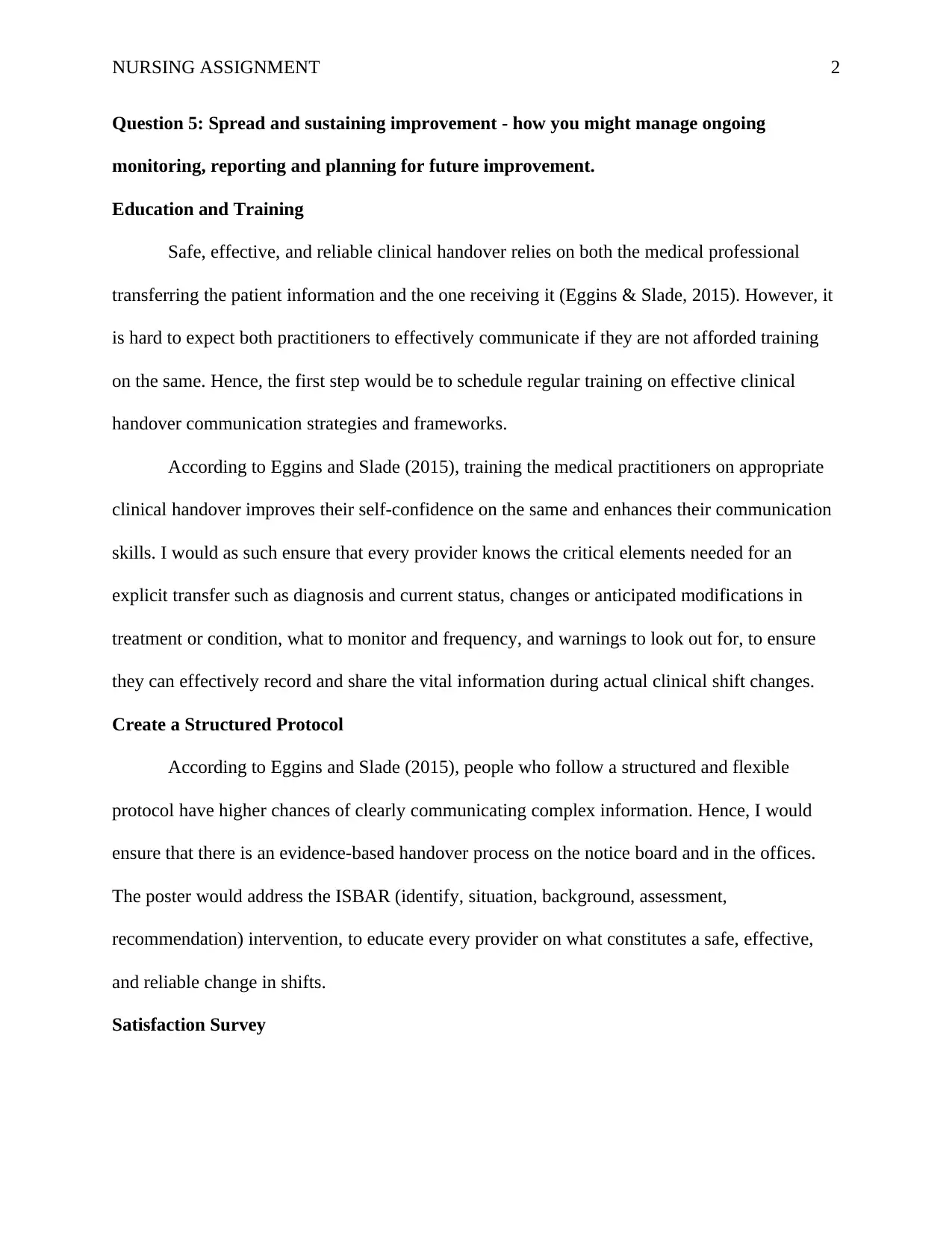
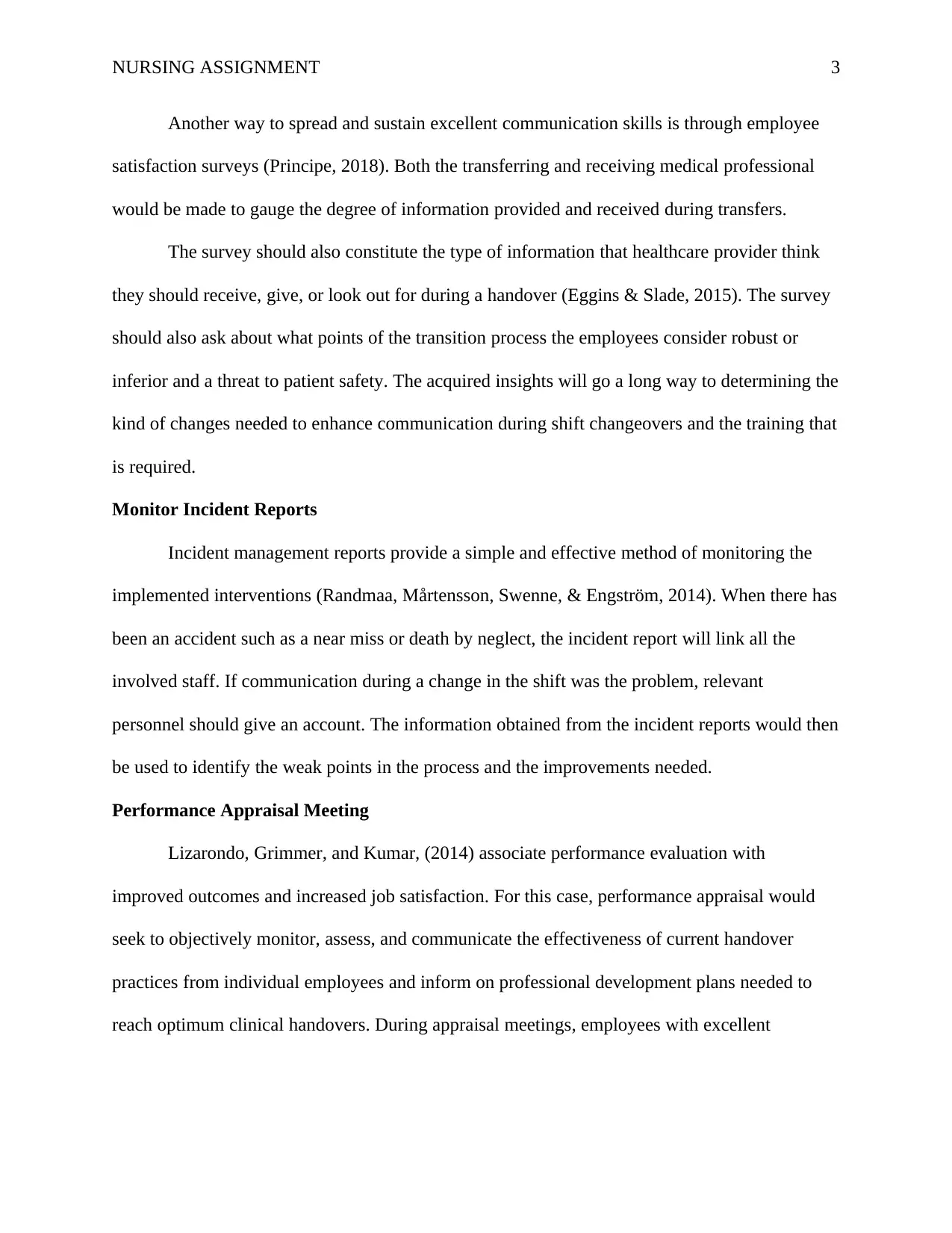

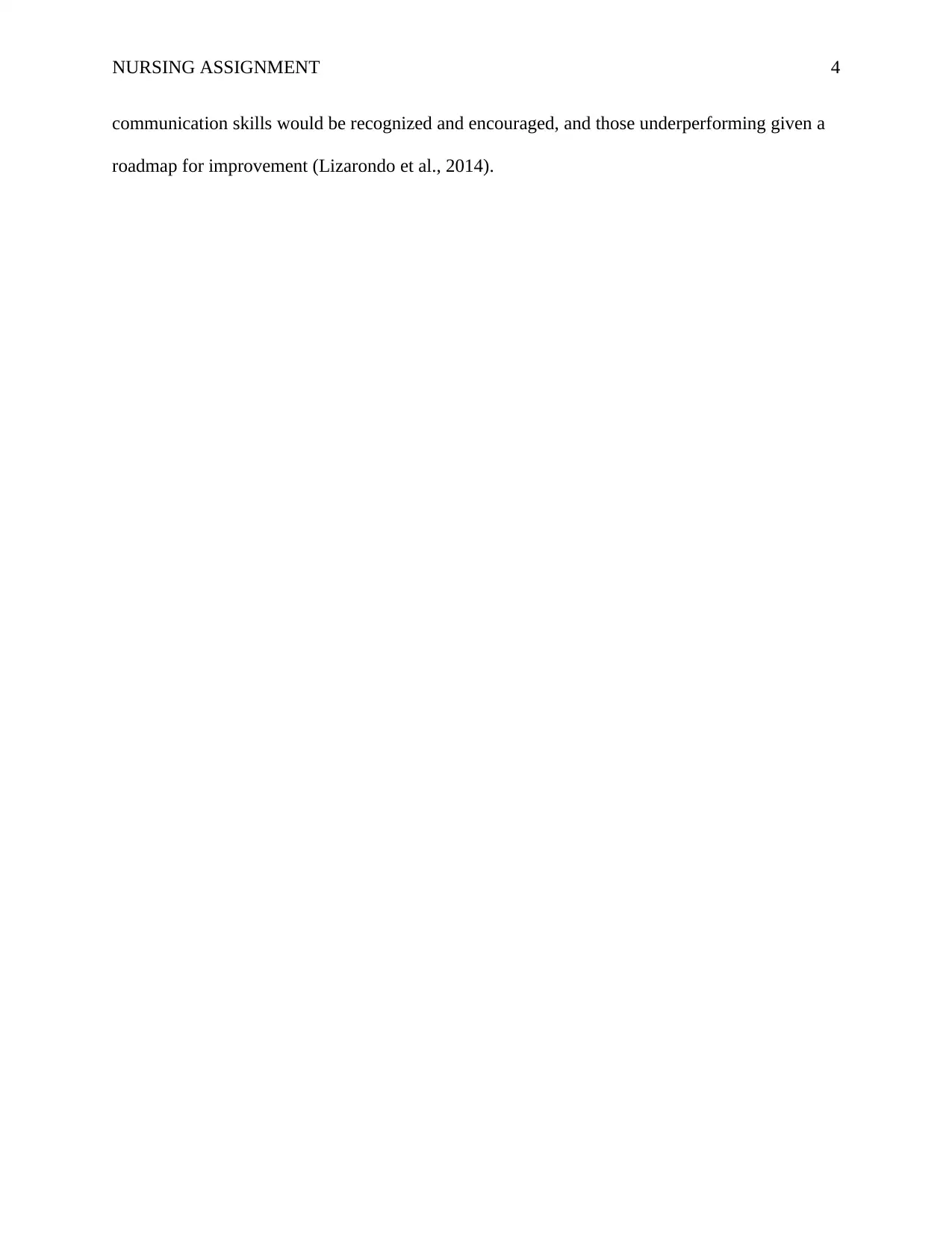
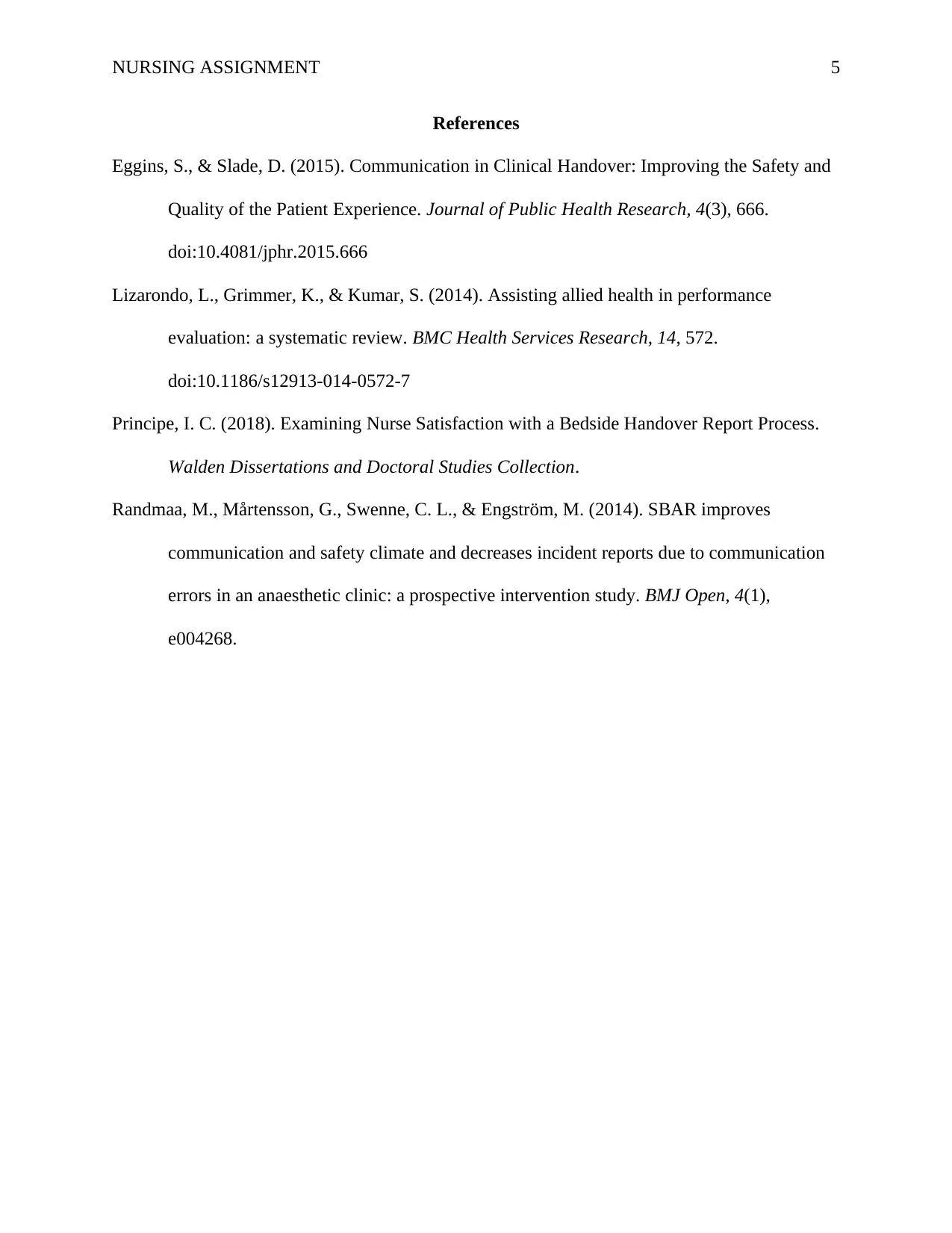






![[object Object]](/_next/static/media/star-bottom.7253800d.svg)